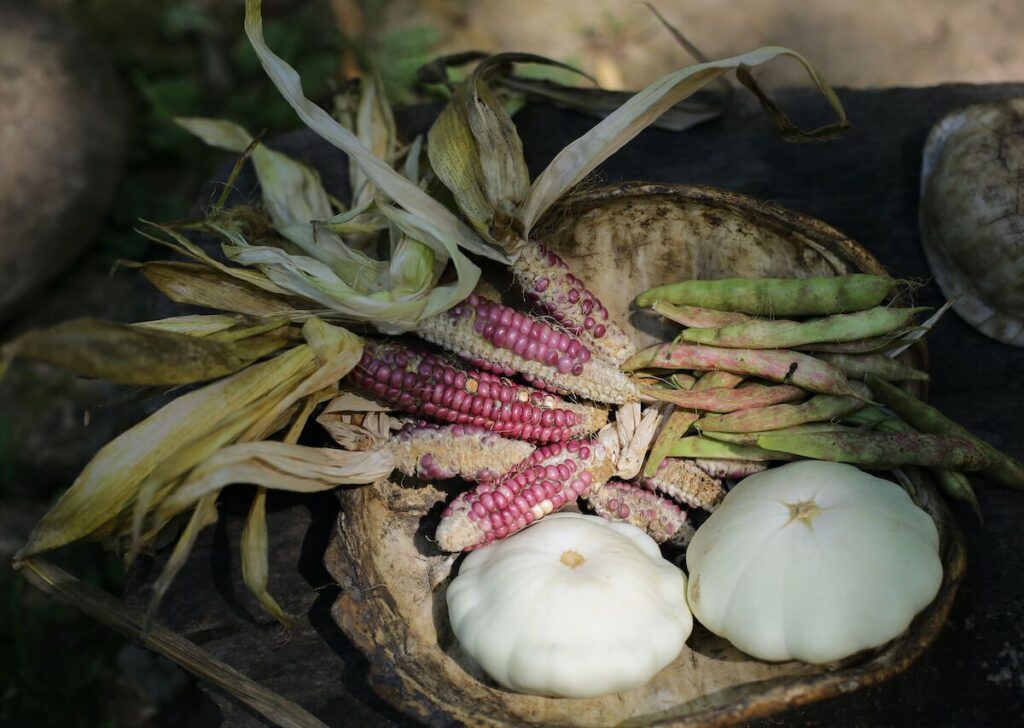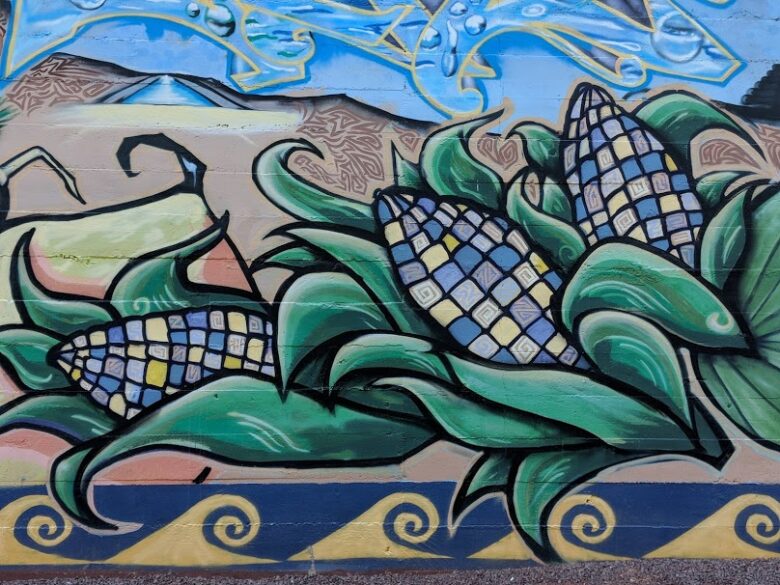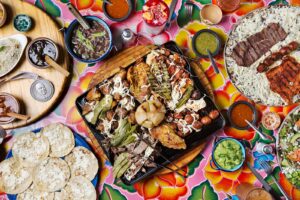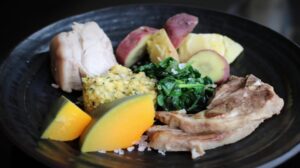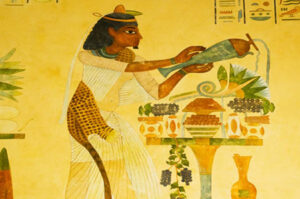Food and indigenous art have a deep and intertwined connection, representing the cultural identity and creativity of indigenous communities around the world.
Indigenous people have a unique relationship with the land and nature, which is reflected in their traditional food practices. They rely on the resources of their surroundings, including plants, animals, and natural elements, to create nourishing meals.
Furthermore, indigenous cuisine often involves age-old techniques, such as fermenting, smoking, and drying, to preserve food for extended periods. These methods not only ensure a stable food supply but also add distinctive flavors and textures to their dishes.
Moreover, indigenous food carries spiritual and ceremonial significance. Certain ingredients and dishes are used in rituals and celebrations, connecting the community to their ancestors and their spiritual beliefs.
In addition to food, indigenous art plays a crucial role in preserving and expressing their cultural heritage. Indigenous art is a diverse and vibrant form of expression that encompasses various mediums, including painting, pottery, weaving, and carving.
Keep reading about, Food and Indigenous Art:
Additionally, indigenous art often draws inspiration from nature and the surrounding environment. It features intricate patterns and symbols that hold deep spiritual and cultural meanings.
Besides, storytelling through art is a prevalent practice among indigenous communities. Artwork often tells stories of creation, ancestors, and the relationship between humans and nature.
Notably, indigenous art is also a means of passing down knowledge and traditions from one generation to the next, ensuring the preservation of their culture.
As a result of the connection between food and indigenous art, the two aspects often come together in communal gatherings and celebrations.
Therefore, food becomes a canvas for artistic expression, with indigenous communities presenting their culinary creations with care and attention to detail.
Consequently, feasts and gatherings become opportunities for showcasing not only the richness of indigenous cuisine but also the beauty and significance of their art.
In conclusion, food and indigenous art are integral to the cultural heritage of indigenous communities worldwide. Their food practices reflect a deep connection to nature and spiritual beliefs, while their art serves as a means of preserving and expressing their cultural identity. The combination of food and art creates a unique and enriching experience, highlighting the creativity and resilience of indigenous cultures. By appreciating and celebrating these aspects of indigenous life, we can foster a greater understanding and respect for their traditions and contributions to the world.
